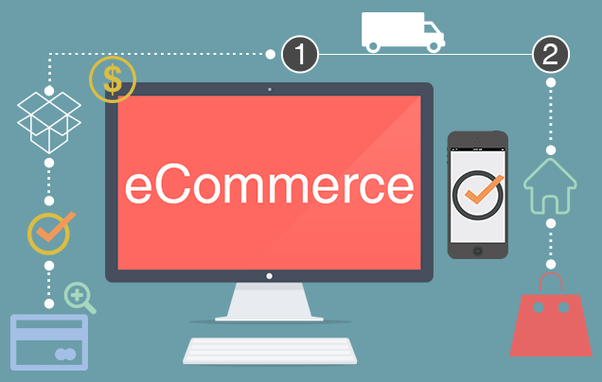Table of Contents
There has been a visible increase in the number of E-Commerce businesses in the past 6 months. Uncertainty has induced a lot of people to start their own businesses and if you are one, this blog will help you cover the basics. E-Commerce Development Companies attribute successful E-Commerce businesses to the following factors:
- Product selection
- Legal Registration
- Website design
- Customer Experience
To execute the above three, one needs a lot of research beforehand to figure out the right business model. The first part comes in knowing what are the different types of E-Commerce Businesses there are. You need to decide if you want to directly communicate with the end consumers or other businesses.
There are other business models that depend on factors like investment, demand, and logistics.
- Dropshipping
- Stocking or Warehousing
- On-Demand Sourcing
- White Labelling
- Subscription
Dropshipping, On Demand, and Subscription are low investment options, while Warehousing and White labelling are creating a business from scratch with heavy investment.
Product Selection:
Product selection is what creates the drive for an E-Commerce business. This is the seed of your business and determines the entire supply chain that runs it.
- Choose a product or products that you relate to. Something that is personal to you or caters to the industry that you are passionate about.
- Pick out a niche product or target industry it can cater to. The niche should have a healthy, but never heavy competition.
- Carefully analyse your target customers and refine the product line to match their needs.
- Choose suppliers with a good reputation focussing on timely delivery and quality.
- Partner with a Logistics firm to handle pickups and deliveries, either directly from you or from your supplier.
Legal Registration:
Once the product is selected, you will need to make your business official, according to the legal formalities set by the government. A competent E-Commerce Development company will be able to guide you through the legalities.
- Create a catchy name for the business and register it, so as not to lose it to someone else. It is preferable that the legal name and business name are the same.
- Get your business licensed by the relevant authorities.
- Obtain the Corporate Identification Number, which is similar to your Aadhar Number, but for your business.
Website Design:
E-Commerce Website Design in India usually applies to the major visual elements of the business – Logo and the website itself. This is a niche technical area best handled by E-Commerce Development Companies.
- Register your domain name and any redirecting links that you may use to avoid last minute issues with name availability.
- Website templates can have a lot of additional features that are irrelevant to your business model. Engage an E-Commerce Development company to create a custom website for you. Such websites will always outperform templates.
- Make the most of High Quality images at appropriate places, clearly conveying your intention and product’s visual specifications.
- Run the website through rigorous testing before launch, to ensure that you provide the best customer experience journey.
Customer Experience:
Once your website is ready, all you need now is customers to generate traffic and revenue. Based on the scope and range of your target customers, you will need to do the following to really sell your site and products.
- Offer 24×7 Customer support to cater to a global customer base.
- Attractive offers for sign ups and first purchases.
- Invest in Online Marketing to attract new customers.
- Research the quality of products, online presence, and the marketing strategies of your competitors.
- Create social media content that is SEO friendly, in trend with the times, and is complemented with high quality images and videos.
- Encourage honest reviews and feedback to improve your business.
We are Open Designs, an E-Commerce Website Designing Company in India, dedicated to start and sustain, successful E-Commerce businesses. Specialising in Website Design and Strategic Digital Marketing, our expert personnel will guide you into a successful career path in E-Commerce.








